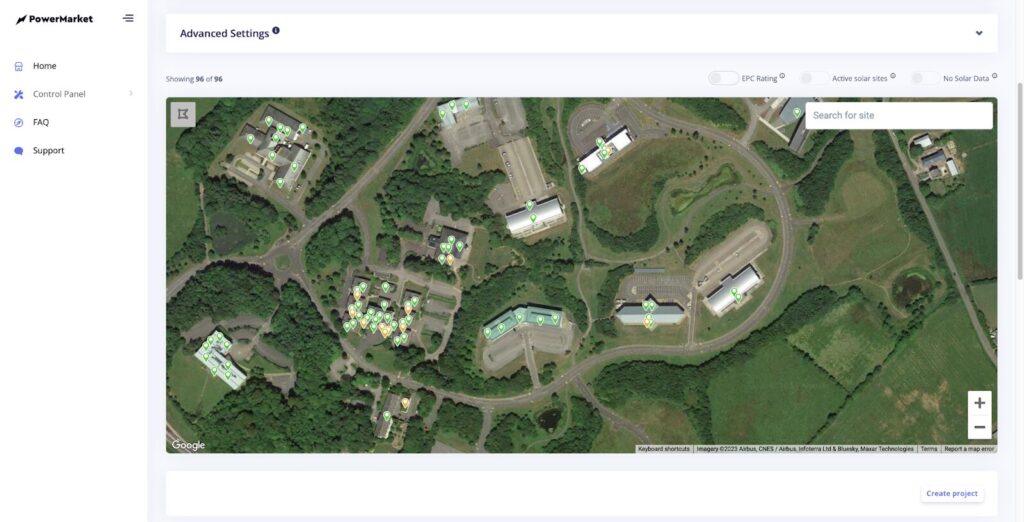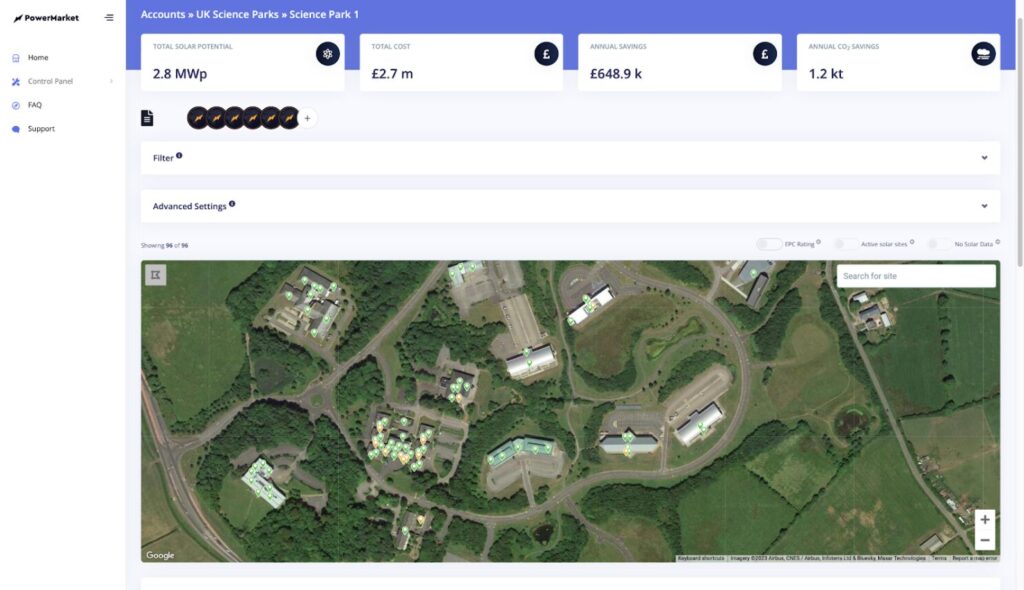
The world is expected to add about 2.6 trillion ft² (241 billion m²) of new floor area to the global building stock, which is equivalent to adding an entire New York City to the world every month for 40 years. Furthermore, three-quarters of the infrastructure that will exist in 2050 has yet to be built.
Buildings are the largest contributors to CO2 emissions, responsible for 42% of global emissions. Within this, building operations are responsible for 27% of emissions. Let that staggering information sink in! If you are in the UK, then 30% of the country’s emissions come from buildings. So, it’s no surprise that for many real estate companies, decarbonizing their buildings is at the forefront of their net-zero strategy.
Real Estate and The Net Zero Challenge:
For many real estate companies across Europe, decarbonizing their buildings is at the forefront of their net-zero strategy. However, the path to sustainability is filled with complexities, decisions, and options, often leading to months of data collection and analysis.
Sustainability Managers in our community are always tasked with exploring various technologies and strategies. These options include upgrading building fabric, transitioning to heat pumps, adopting LED lighting, using more energy-efficient products, and even purchasing “green electricity” from energy suppliers. Another route is to hire consultants, but the recommendations often come in lengthy, expensive reports.
The Quest for Quick Wins:
In this maze of possibilities, is there a way to achieve quick wins? Is there a path to actionable insights? Can we find a low-risk solution that can have a meaningful impact on the net-zero plan?

The Science Park Case Study:
These were precisely the questions at the forefront when we decided to explore a science park in the UK. Here’s a closer look at the challenges they faced and the innovative solution they adopted:
The Challenge:
- The science park consumes approximately 1,400 MWh of electricity per year.
- They had a 2030 net-zero target, yet despite investments in energy-efficient measures, they were far from reaching their net-zero goals.
- Discussions about improving building efficiency and fabric upgrades had taken place, but the disruption to their commercial activities made these options unviable.
The Solution – Solar power:
The solution emerged in the form of solar energy, a familiar technology for Sustainability Managers. However, the true revelation came when they uploaded all their buildings to the PowerMarket platform. Here’s what they discovered:
- The science park had the potential to install a 2.8 MW solar panel system.
- On-site solar would yield annual savings of approximately £650,000, paying for itself in just four years and generating an impressive 20% IRR (Internal Rate of Return).
- The on-site solar would enable them to reduce their carbon footprint by 1.2 kilotons of CO2, equivalent to abating 40% of their emissions and significantly advancing their net-zero strategy.
- To put it in perspective, 1.2 kilotons of CO2 is akin to planting 55,000 trees or removing 260 cars from the road for an entire year.
- On-site solar eliminates the risk of greenwashing, an issue where companies paying a premium for “green energy” may not actually receive genuinely green electricity.
- An added advantage for Sustainability Managers is that on-site solar minimally disrupts day-to-day business operations, making it an appealing, high-return, low-risk technology compared to other options.

What’s Next?
So, what’s the next step for Sustainability Managers and businesses looking to reduce their carbon footprint? It’s simple: onboard your sites on the PowerMarket platform and let our satellite imagery-enabled AI take care of the rest. Stay tuned for more sustainability insights, success stories, and practical advice in our upcoming newsletters. Your journey to a greener, more sustainable future starts here.
